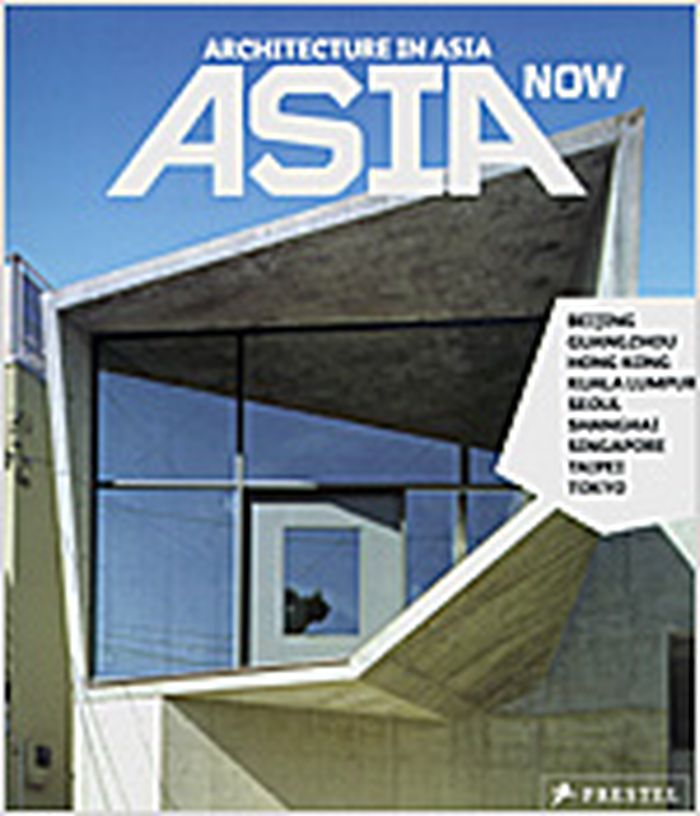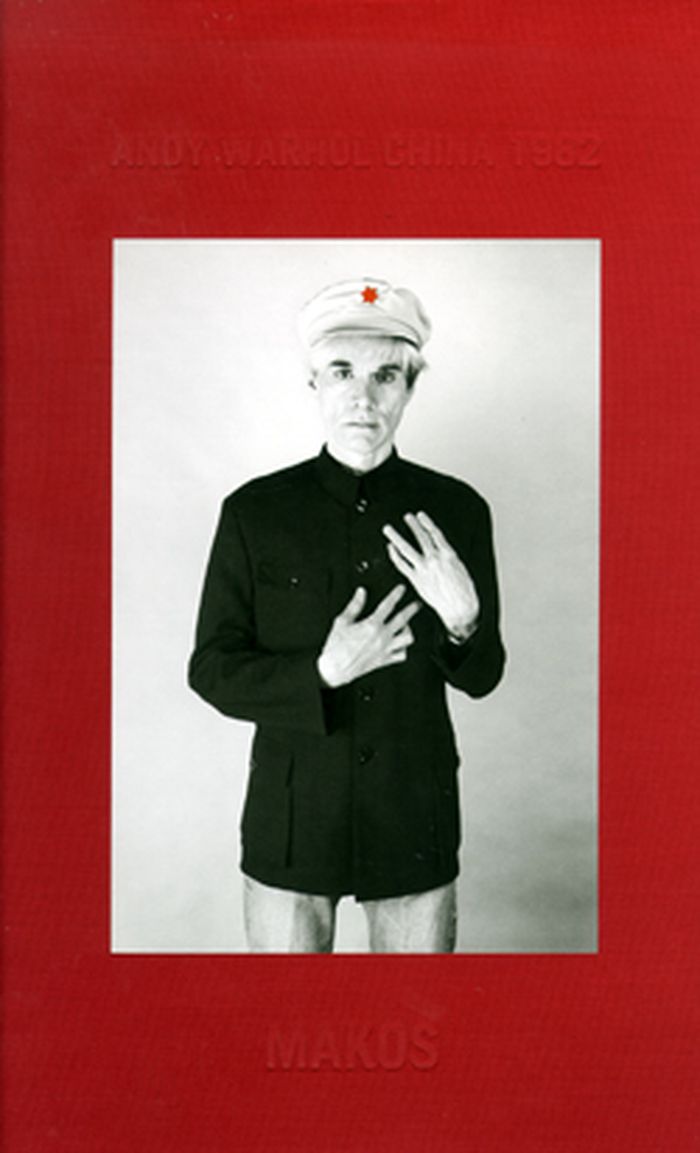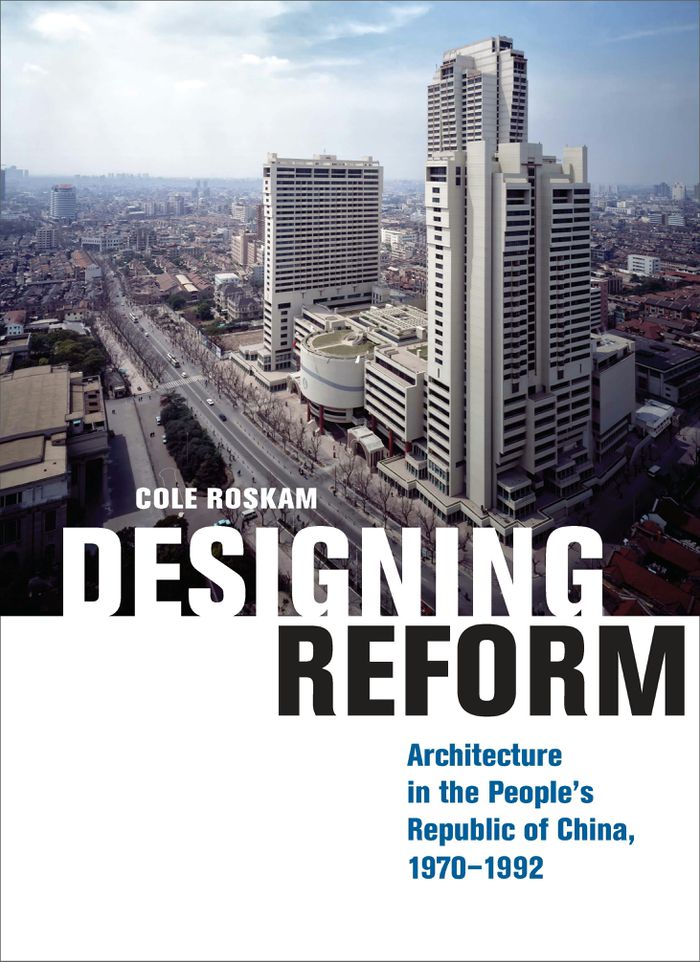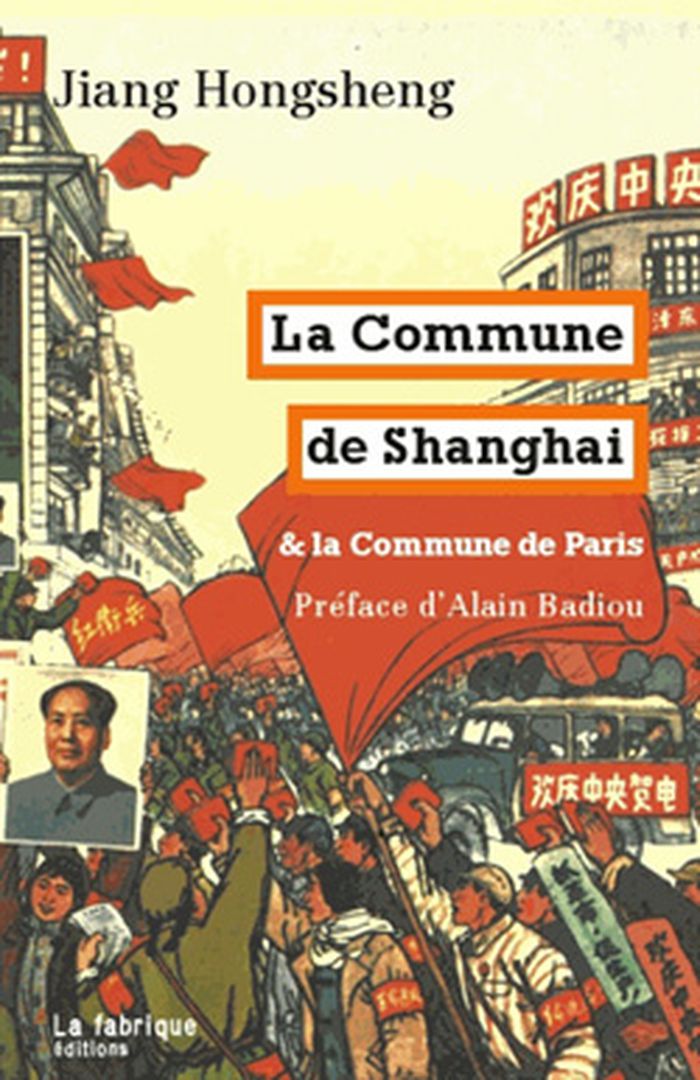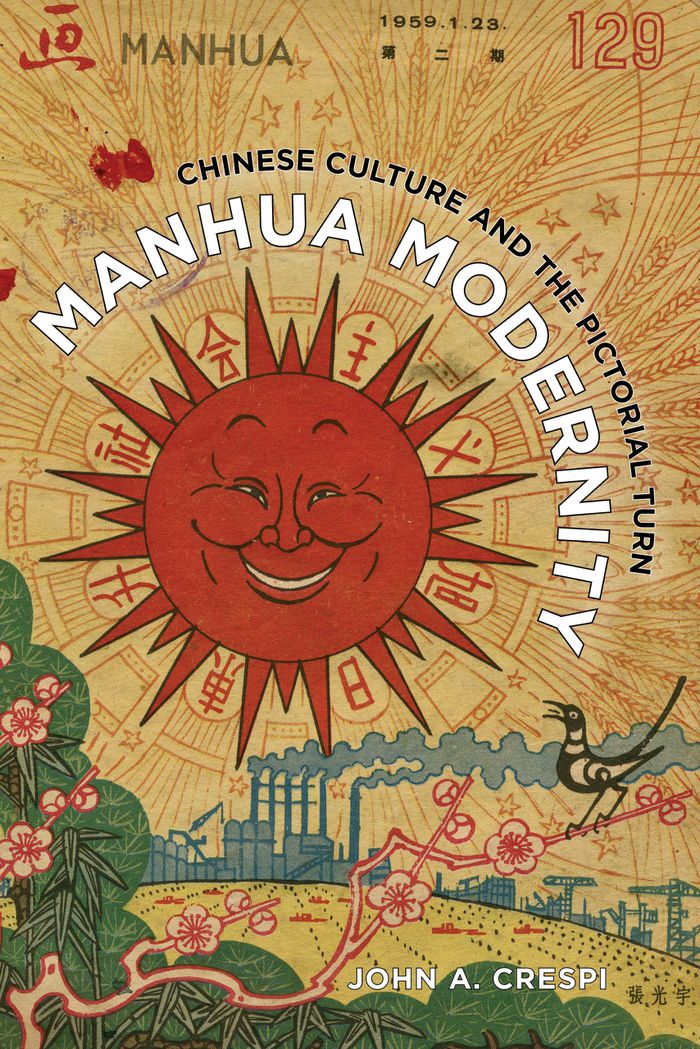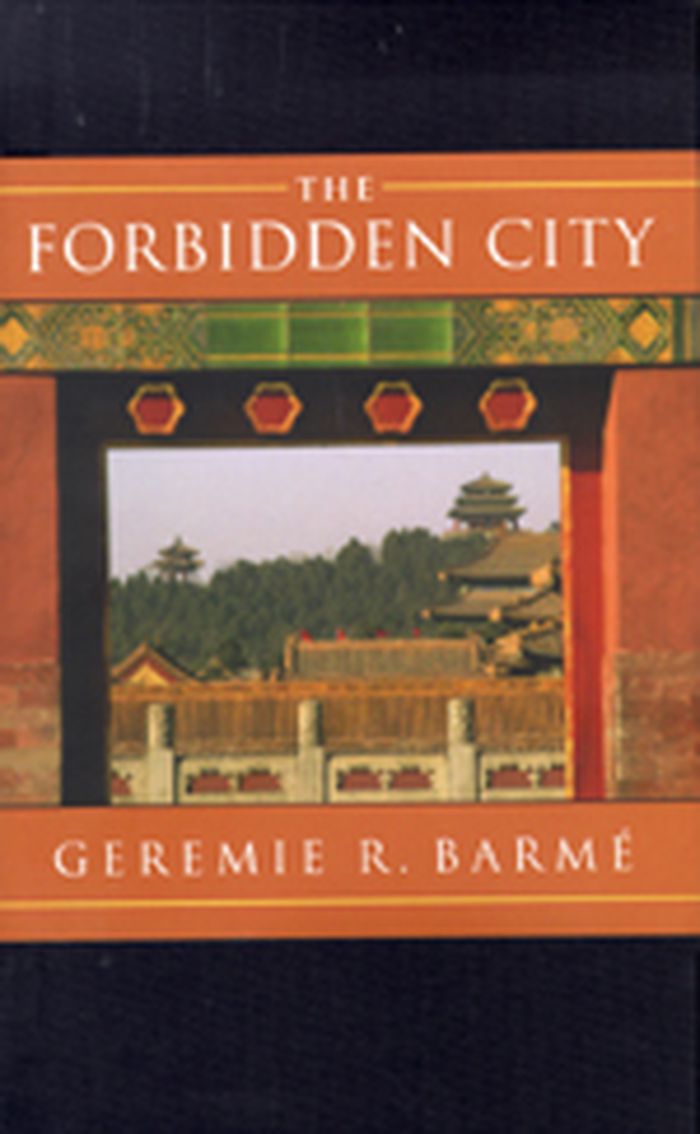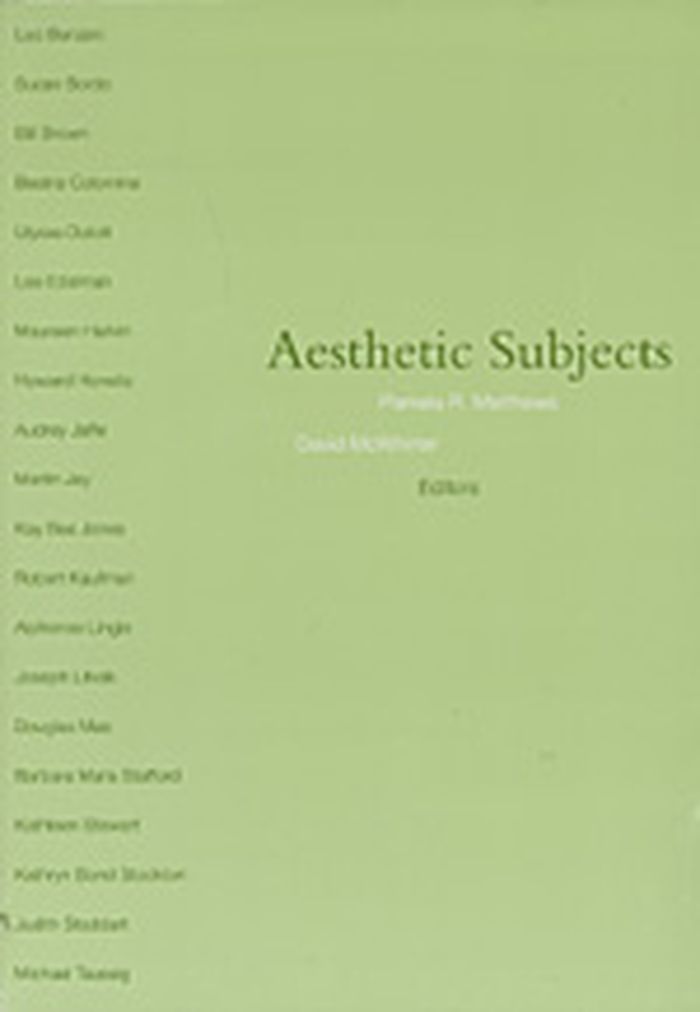Architecture in Asia now
$9.99
(disponible sur commande)
Résumé:
Asia's recent economic explosion has resulted in an unprecedented building boom of some of the world's most innovative architecture. Organized by country, "Architecture in Asia Now" is the first book of its kind to focus on buildings throughout the Asian continent. While it showcases prominent skyscrapers such as the Jin Mao Centre in Shanghai, the Nihonbashi 1-Chome(...)
Architecture in Asia now
Actions:
Prix:
$9.99
(disponible sur commande)
Résumé:
Asia's recent economic explosion has resulted in an unprecedented building boom of some of the world's most innovative architecture. Organized by country, "Architecture in Asia Now" is the first book of its kind to focus on buildings throughout the Asian continent. While it showcases prominent skyscrapers such as the Jin Mao Centre in Shanghai, the Nihonbashi 1-Chome Building in Tokyo, and the world's tallest building - the Petronas Towers in Malaysia - this volume also features extraordinary achievements in the design of retail stores, airports, restaurants, museums, churches and temples. The book is illustrated with full color photographs and offers detailed information about building plans and sites. Surveying buildings in six countries, and including more than 200 photographs, this volume celebrates a rapidly developing region.
livres soldés
livres
Description:
297 pages : illustrations (some color), plans, portraits ; 22 cm
[Tel Aviv] : Tel Aviv Museum of Art, ©2004.
A new building, Tel Aviv Museum of Art : the Herta and Paul Amir Architectural Competition / [editor, Meira Yagid-Haimovici, with Nathalie Kertesz and Zeev Maor ; text editing and Hebrew translation, Daphna Raz ; English translation and editing, Richard Flantz].
Actions:
Exemplaires:
Description:
297 pages : illustrations (some color), plans, portraits ; 22 cm
livres
[Tel Aviv] : Tel Aviv Museum of Art, ©2004.
Andy Warhol: China 1982
$79.00
(disponible sur commande)
Résumé:
A documentation of Andy Warhol's 1982 visit to China, this volume offers a unique glimpse of the international pop star by Christopher Makos, his personal photographer. With the advantage of hindsight, this volume becomes complexly ironic--in China in the 80s, almost no one knew who Warhol was. Just a few decades later, in 2006, Warhol's 1972 "Mao" sold for $17.4 million(...)
Andy Warhol: China 1982
Actions:
Prix:
$79.00
(disponible sur commande)
Résumé:
A documentation of Andy Warhol's 1982 visit to China, this volume offers a unique glimpse of the international pop star by Christopher Makos, his personal photographer. With the advantage of hindsight, this volume becomes complexly ironic--in China in the 80s, almost no one knew who Warhol was. Just a few decades later, in 2006, Warhol's 1972 "Mao" sold for $17.4 million to a Hong Kong real estate tycoon. And Chinese artists have, for years, been incorporating Western pop iconography into their work. Photographer Christopher Makos became known in the 1970s for his candid shots of Warhol. Henry Geldzahler, the former Curator of Contemporary Art at The Metropolitan Museum of Art in New York has written: "It is a great asset in Chris Makos' photographs that they reveal new and unfamiliar faces of the legendary pop figure..."
Monographies photo
$86.95
(disponible en magasin)
Résumé:
n the years following China’s Cultural Revolution, architecture played an active role in the country’s reintegration into the global economy and capitalist world. Looking at the ways in which political and social reform transformed Chinese architecture and how, in turn, architecture gave structure to the reforms, Cole Roskam underlines architecture’s unique ability to(...)
novembre 2021
Designing reform: architecture in the People's Republic of China, 1970-1992
Actions:
Prix:
$86.95
(disponible en magasin)
Résumé:
n the years following China’s Cultural Revolution, architecture played an active role in the country’s reintegration into the global economy and capitalist world. Looking at the ways in which political and social reform transformed Chinese architecture and how, in turn, architecture gave structure to the reforms, Cole Roskam underlines architecture’s unique ability to shape space as well as behavior. Roskam traces how foreign influences like postmodernism began to permeate Chinese architectural discourse in the 1970s and 1980s and how figures such as Kevin Lynch, I. M. Pei, and John Portman became key forces in the introduction of Western educational ideologies and new modes of production. Offering important insights into architecture’s relationship to the politics, economics, and diplomacy of post-Mao China, this unprecedented interdisciplinary study examines architecture’s multivalent status as an art, science, and physical manifestation of cultural identity.
La commune de Shanghai
$27.95
(disponible sur commande)
Résumé:
Février 1967, la Révolution culturelle est à son point d’incandescence. Shanghai bouillonne. Un groupe d’ouvriers et d’étudiants rebelles, d’abord minoritaire mais bien décidé, va réussir l’impossible : se débarrasser du vieux parti communiste local et de la municipalité somnolente, et prendre le pouvoir dans la ville. Se réclamant explicitement de la Commune de Paris,(...)
octobre 2014
La commune de Shanghai
Actions:
Prix:
$27.95
(disponible sur commande)
Résumé:
Février 1967, la Révolution culturelle est à son point d’incandescence. Shanghai bouillonne. Un groupe d’ouvriers et d’étudiants rebelles, d’abord minoritaire mais bien décidé, va réussir l’impossible : se débarrasser du vieux parti communiste local et de la municipalité somnolente, et prendre le pouvoir dans la ville. Se réclamant explicitement de la Commune de Paris, ils créent un organisme nouveau, la Commune de Shanghai. Les ouvriers et les étudiants sont maîtres de la plus grande ville industrielle de Chine. Le livre retrace presque jour par jour cette aventure unique : la montée de la révolte, les luttes internes, la résistance féroce de ceux qui s’accrochent au pouvoir en s’appuyant sur l’armée, la victoire de la Commune – et puis le recul sur ordre de Mao qui craint lui-même que l’armée le lâche. La Commune de Shanghai, qui devient Comité révolutionnaire, aura duré moins longtemps que la Commune de Paris.
$48.00
(disponible sur commande)
Résumé:
From fashion sketches of smartly dressed Shanghai dandies in the 1920s, to multipanel drawings of refugee urbanites during the war against Japan, to panoramic pictures of anti-American propaganda rallies in the early 1950s, the polymorphic cartoon-style art known as manhua helped define China's modern experience. ''Manhua Modernity'' offers a richly illustrated, deeply(...)
Manhua modernity: Chinese culture and the pictorial turn
Actions:
Prix:
$48.00
(disponible sur commande)
Résumé:
From fashion sketches of smartly dressed Shanghai dandies in the 1920s, to multipanel drawings of refugee urbanites during the war against Japan, to panoramic pictures of anti-American propaganda rallies in the early 1950s, the polymorphic cartoon-style art known as manhua helped define China's modern experience. ''Manhua Modernity'' offers a richly illustrated, deeply contextualized analysis of these illustrations across the lively pages of popular pictorial magazines that entertained, informed, and mobilized a nation through a half century of political and cultural transformation. In this compelling media history, John Crespi argues that manhua must be understood in the context of the pictorial magazines that hosted them, and in turn these magazines must be seen as important mediators of the modern urban experience. Even as times changed—from interwar-era consumerism to war-time mobilization to Mao-style propaganda—the art form adapted to stay on the cutting edge of both politics and style.
Expositions en cours
$124.95
(disponible en magasin)
Résumé:
A travers les abondantes archives de la Fondation HCB, ce livre retrace et analyse un des moments clés de la carrière d'Henri Cartier-Bresson, le séjour en Chine, de décembre 1948 à septembre 1949. Suite à une commande de Life magazine, et peu après la création de l'agence coopérative Magnum, HCB réalise ce voyage au moment de la transition entre le régime nationaliste de(...)
Henri Cartier-Bresson - Chine 1948-1949 / 1958
Actions:
Prix:
$124.95
(disponible en magasin)
Résumé:
A travers les abondantes archives de la Fondation HCB, ce livre retrace et analyse un des moments clés de la carrière d'Henri Cartier-Bresson, le séjour en Chine, de décembre 1948 à septembre 1949. Suite à une commande de Life magazine, et peu après la création de l'agence coopérative Magnum, HCB réalise ce voyage au moment de la transition entre le régime nationaliste de Chiang Kaï-shek et le régime communiste de Mao Zedong. Plus que des photographies dites « de reportage », les images qui en résultent, dont beaucoup sont restées parmi ses plus célèbres, témoignent d'événements marquants, de circonstances sociales et de modes de vie qui vont disparaître, et surtout retiennent l'attention par leurs qualités empathiques et poétiques. Marqué par le pays et sa culture, comme par les mutations politiques de l'époque, HCB retournera en Chine en 1958 et constatera les effets du changement de régime. Elargissant le propos du livre, ce second séjour vient ici compléter le premier, à la fois en résonance et en contraste.
Monographies photo
The Forbidden City
$19.95
(disponible sur commande)
Résumé:
The Forbidden City (Zijin Cheng) lying at the heart of Beijing formed the hub of the Celestial Empire for five centuries. Over the past century it has led a reduced life as the refuge for a deposed emperor, as well as a heritage museum for monarchist, republican, and socialist citizens, and it has been celebrated and excoriated as a symbol of all that was magnificent and(...)
The Forbidden City
Actions:
Prix:
$19.95
(disponible sur commande)
Résumé:
The Forbidden City (Zijin Cheng) lying at the heart of Beijing formed the hub of the Celestial Empire for five centuries. Over the past century it has led a reduced life as the refuge for a deposed emperor, as well as a heritage museum for monarchist, republican, and socialist citizens, and it has been celebrated and excoriated as a symbol of all that was magnificent and terrible in dynastic China’s legacy. The Forbidden City’s vermilion walls have fueled literary fantasies that have become an intrinsic part of its disputed and documented history. Mao Zedong even considered razing the entire structure to make way for the buildings of a new socialist China. The fictions surrounding the Forbidden City have also had an international reach, and writers like Franz Kafka, Elias Canetti, Jorge Luis Borges, and Mervyn Peake have all succumbed to its myths. The politics it enshrined have provided the vocabulary of power that is used in China to the present day, though it is now better known as a film set or the background of displays of opera, rock, and fashion.
Histoire jusqu'à 1900, Asie
Aesthetic subjects
$37.50
(disponible sur commande)
Résumé:
Determined to recover the value of aesthetic experience for artistic, cultural, and social analysis, the contributors to this volume-prominent scholars in literature, philosophy, art history, architecture, history, and anthropology-begin from a shared recognition that ideological readings of the aesthetic have provided invaluable insights, in particular, that analyses of(...)
Théorie de l’art
avril 2003, Minneapolis
Aesthetic subjects
Actions:
Prix:
$37.50
(disponible sur commande)
Résumé:
Determined to recover the value of aesthetic experience for artistic, cultural, and social analysis, the contributors to this volume-prominent scholars in literature, philosophy, art history, architecture, history, and anthropology-begin from a shared recognition that ideological readings of the aesthetic have provided invaluable insights, in particular, that analyses of aesthetics within historical and social contexts tell us a great deal about the experience of aesthetic encounters. From multiple and complementary perspectives, the contributors address topics as varied as Nabokov and Dickens, Caravaggio and Shelley Winters, gender and sexuality, advertising and AIDS. Taken together, their essays constitute a sustained and multifarious effort to resituate aesthetic pleasure in the mixed, impure conditions characteristic of every social practice and experience, however privileged or marginalized, and to ask what happens to the aesthetic if we consider it apart from-or at least in tension with-its historically dominant discursive formulations. Contributors : Leo Bersani, Susan Bordo, Bill Brown, Beatriz Colomina, Ulysse Dutoit, Lee Edelman, Maureen Harkin, Howard Horwitz, Audrey Jaffe, Martin Jay, Kay Bea Jones, Robert Kaufman, Alphonso Lingis, Joseph Litvak, Douglas Mao, Barbara Stafford, Kathleen Stewart, Kathryn Bond Stockton, Judith Stoddart, Michael Taussig.
Théorie de l’art
$43.95
(disponible sur commande)
Résumé:
In 1949, Beijing still retained nearly all of its time-honoured character and magnificence. But when Chairman Mao rejected the proposal to build a new capital for the People's Republic of China and decided to stay in the ancient city, he initiated a long struggle to transform Beijing into a shining beacon of socialism. So began the remaking of the city into a modern(...)
Remaking Beijing : Tiananmen Square and the creation of a political space
Actions:
Prix:
$43.95
(disponible sur commande)
Résumé:
In 1949, Beijing still retained nearly all of its time-honoured character and magnificence. But when Chairman Mao rejected the proposal to build a new capital for the People's Republic of China and decided to stay in the ancient city, he initiated a long struggle to transform Beijing into a shining beacon of socialism. So began the remaking of the city into a modern metropolis rife with monuments, public squares, exhibition halls, and government offices. Wu Hung grew up in Beijing and experienced much of the city's makeover firsthand. In this lavishly illustrated work, he offers a vivid, often personal account of the struggle over Beijing's reinvention, drawing particular attention to Tiananmen Square - the most sacred space in the People's Republic of China. "Remaking Beijing" considers the square's transformation from a restricted imperial domain into a public arena for political expression, from an epic symbol of socialism into a holy relic of the Maoist regime, and from an official and monumental complex into a site for unofficial and antigovernment demonstrations. Wu Hung also explores how Tiananmen Square has become a touchstone for official art in modern China - as the site for Mao's monumental portrait, as the location of museums narrating revolutionary history, and as the grounds for extravagant National Day parades celebrating the revolutionary masses. He then shows how in recent years the square has inspired artists working without state sponsorship to create paintings, photographs, and even performances that reflect the spirit of the 1989 uprisings and pose a forceful challenge to official artworks and the socio-political system that supports them.
Théorie de l’urbanisme
